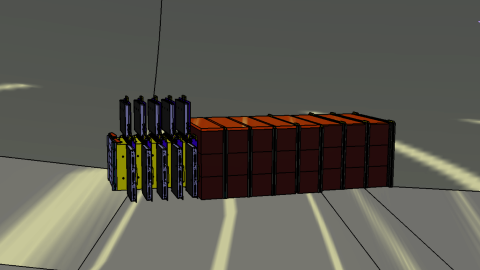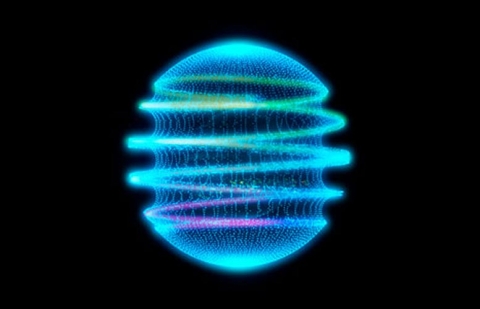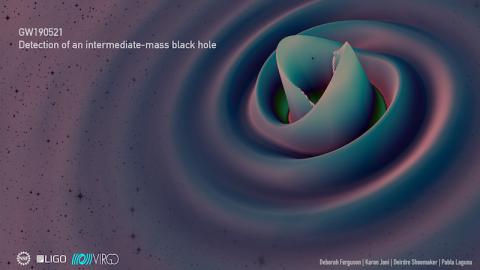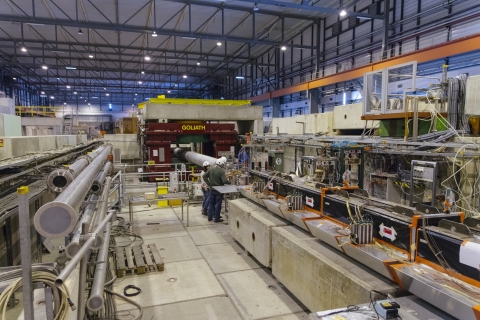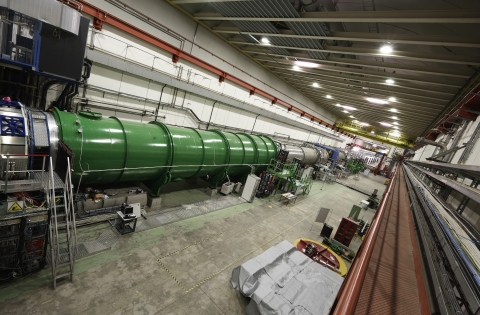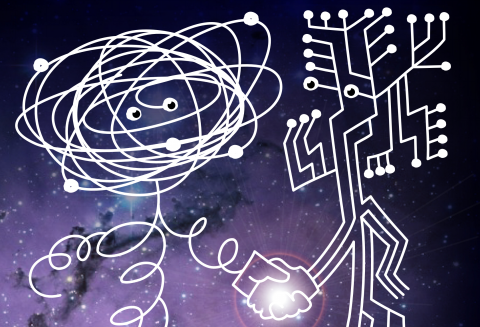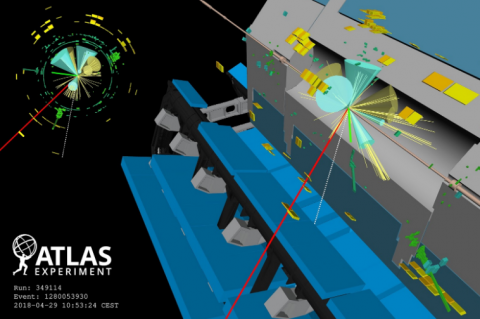BSM physics
Designing the SND@LHC experiment
SND@LHC is a newly proposed, compact and stand-alone experiment to perform measurements with neutrinos produced at the LHC in a hitherto unexplored pseudo-rapidity range of 7.2 < 𝜂 < 8.6, complementary to all the other experiments at the…
Read moreHunting for axion-like particles at neutrino detectors
Although neutrinos were discovered more than 60 years ago, they are the most mysterious particles in the Standard Model (SM). While the present data collected at the neutrino experiments can explain several neutrino properties, there are still at…
Read moreBeyond the Standard Model Explanations of GW190521
Earlier this month the LIGO and Virgo gravitational wave observatories announced the discovery of GW190521, an exceptional and extraordinary signal. Seven billion years ago — a little over half the age of the universe — at the other end of the…
Read moreClosing the gap between beam dump and colliders ALPs searches with NA64
The axion was postulated to provide a solution to the "strong CP" problem. This pseudo-scalar particle emerges as a consequence of the breaking of the Peccei-Quinn (PQ) symmetry [1,2,3] (link to EP article on Axions). Typically, models of QCD axions…
Read moreNA62 experiment at CERN reports first evidence for ultra-rare process sensitive to new physics
The CERN NA62 collaboration presented at the ICHEP 2020 conference the first significant experimental evidence for the ultra-rare decay of the charged kaon into a charged pion and two neutrinos (K+ -> π+νν). The decay process is very sensitive to…
Read moreHow to search for new physics without knowing about it?
BSM searches at the LHC increasingly profit from ML techniques since this approach allows more general searches that minimise the probability of missing evidence of new physics. Very recently, the ATLAS collaboration has published a novel approach […
Read moreATLAS results: from precision to rarity
Two recent ATLAS results that showcase the full range of the ATLAS physics potential, from precision to rarity, were shown at LHCP and presented at a recent CERN LHC seminar. A test of the universality of τ and μ lepton couplings in W boson…
Read moreATLAS results: from precision to rarity
Two recent ATLAS results that showcase the full range of the ATLAS physics potential, from precision to rarity, were shown at LHCP and presented at a recent CERN LHC seminar. A test of the universality of τ and μ lepton couplings in W boson decays…
Read moreHow to search for new physics without knowing about it?
BSM searches at the LHC increasingly profit from ML techniques since this approach allows more general searches that minimise the probability of missing evidence of new physics. Very recently, the ATLAS collaboration has published a novel approach […
Read moreCMS tunes in searches for new physics
The CERN LHC has produced proton-proton collisions at an unprecedented center of mass energy of 13 TeV since 2015, providing an excellent opportunity to search for new phenomena in regions that were previously inaccessible to collider experiments.…
Read more
